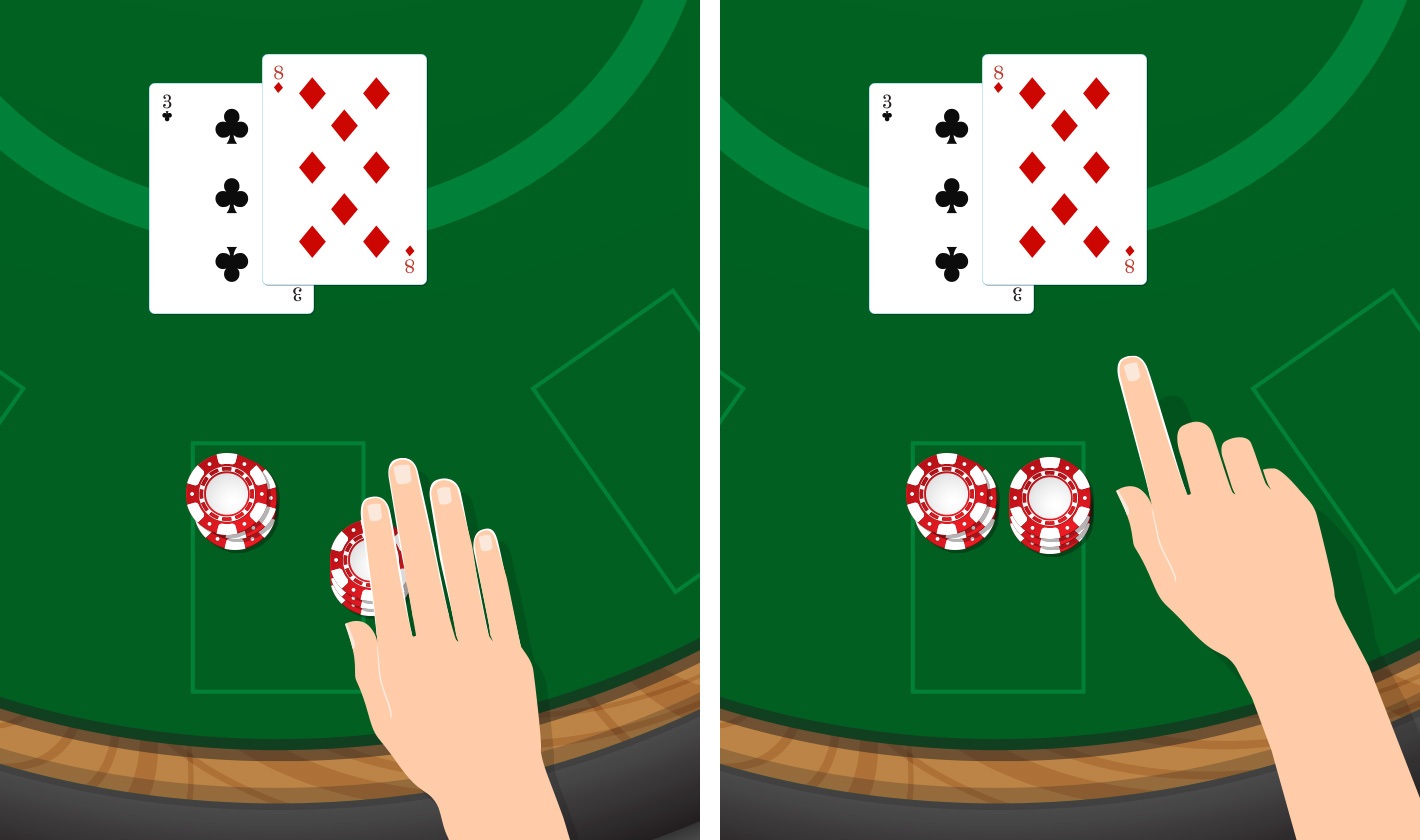

Such channels remained open even after Russia’s full-invasion of Ukraine last year. But back in 2018, reporting about the battle also highlighted the existence of a longstanding “deconfliction line” between the US and Russian militaries meant to minimize the risk of inadvertent escalation by keeping channels of communication open about military movements and operations. The battle was the deadliest encounter between US forces and Russian fighters since the end of the Cold War, but it did not lead to escalation: The Russian government at the time denied the existence of the mercenary group (Wagner today quite publicly bears the brunt of fighting for Russia around the Ukrainian city of Bakhmut). US troops called in air strikes and artillery on the opposing force, inflicting dozens of casualties on the Wagner mercenaries and their Syrian allies. Back in February 2018, a US contingent on the ground in eastern Syria clashed with a force advancing on their base that included members of the Russian private military company Wagner. Take, for instance, an often-overlooked chapter of the war in Syria. What you need to know about the spat between the US and Russia over a downed drone But a bit of historical perspective serves as a reminder that confrontation between the two nuclear-armed nations can be much sharper. There’s little denying that the midair collision – which Russia denies – has exacerbated tensions between Moscow and Washington. And in comments the following day, Kremlin spokesman Dmitry Peskov warned that relations between Russia and the US had hit their “lowest point.”īut the lowest point since when? Since Moscow’s 2014 annexation of Crimea? Since the Kremlin’s meddling in the 2016 US presidential election? Or perhaps since Russia’s full-scale invasion of Ukraine last year? With the US and Russia routinely scraping bottom when it comes to bilateral relations, perhaps we need new superlatives to describe how bad things are. The US State Department summoned Russian Ambassador to the US Anatoly Antonov over the incident. On the second approach shown in the video, the fighter collides with the MQ-9, damaging the propeller.

US European Command released footage Thursday that showed a Russian jet making two passes by the drone and dumping fuel on it. Hecker, commander of US Air Forces Europe and Air Forces Africa, said “unsafe and unprofessional” flying by the Russian aircraft nearly caused the Su-27 and the Reaper to crash. Top US officials quickly put the finger of blame on Russia: Air Force Gen. On Tuesday, a Russian Su-27 fighter forced down a US MQ-9 drone over the Black Sea.


 0 kommentar(er)
0 kommentar(er)
